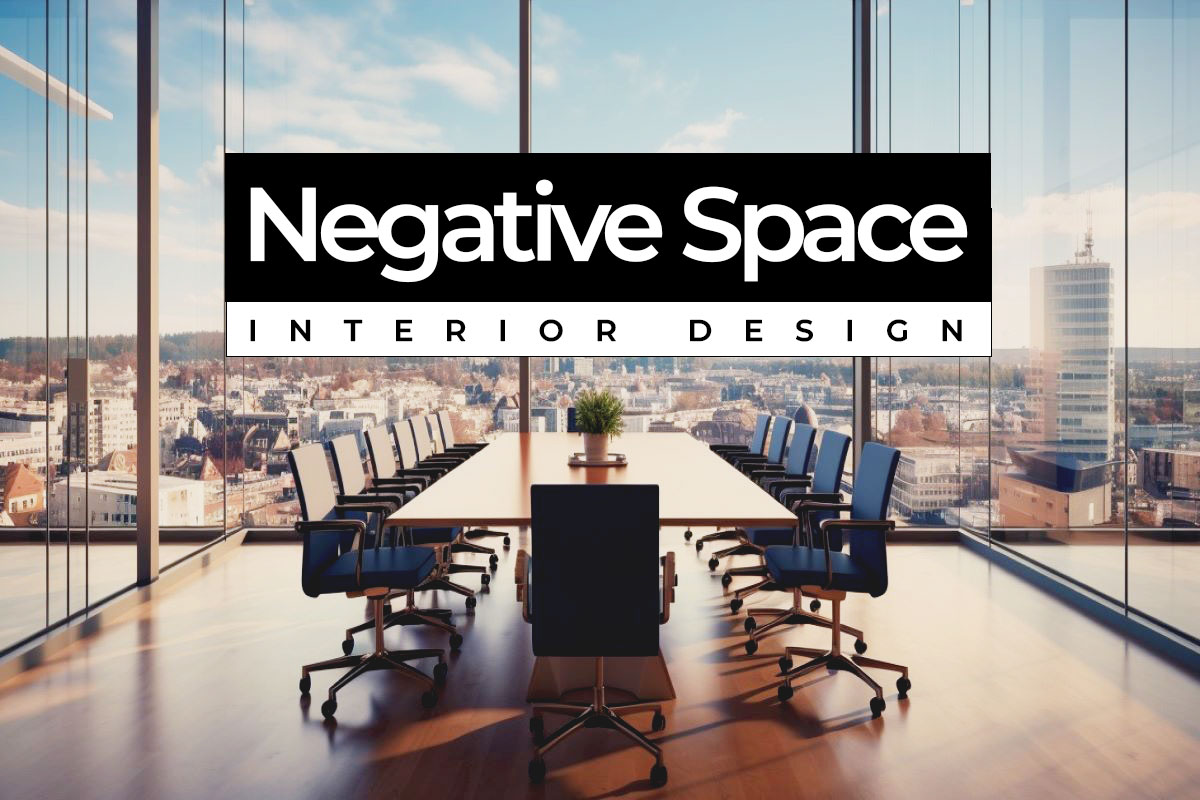Currently, corporate designs in UAE stand as a testament to harmonize the rich heritage and contemporary innovations. As businesses strive to balance between honoring cultural roots and embrace cutting-edge advancements, they define a distinctive approach to corporate aesthetics. With the modern design trends representing a forward-looking approach. They value maximizing minimalism, practicality, and the seamless integration of form and function. Join us on the evolving tapestry of design, where tradition and modernity converge to shape the vibrant and forward-thinking corporate spaces of the UAE.

Traditional Design Elements
Traditional design elements encompass a rich tapestry of cultural motifs, historical influences, and timeless aesthetics. Rooted in heritage and often inspired by specific cultures or historical periods, these elements bring a sense of warmth and familiarity to a space. Common features include ornate detailing, classic patterns, intricate carvings, and the use of natural materials like wood and stone. Traditional design pays homage to the past, celebrating craftsmanship and cultural identity through its nuanced use of color, texture, and symbolic motifs that resonate with a sense of history and continuity.
The Modern Design Trends
Modern design trends epitomize a sleek and uncluttered aesthetic that embraces simplicity, functionality, and innovation. They are characterized by clean lines, geometric shapes, and a focus on open spaces. Modern design often incorporates materials like glass, steel, concrete and other sustainable materials. Monochromatic and neutral color palettes with occasional bold accents are highly considered for a sense of simplicity and sophistication. As modernity moves along with technology integration, a contemporary lifestyle featuring Internet-of-Things and automations dominates. Sustainability and eco-friendly practices also come to play in modern design as they emphasize a harmonious relationship with the environment.
Achieving Harmony Between Tradition and Modernity
Achieving harmony in design involves skillfully blending traditional and modern elements to create a cohesive and visually pleasing environment. This approach seeks a balance between the timeless allure of tradition and the forward-thinking concepts of modernity. Traditional design elements, such as ornate detailing, warm color palettes, and classic materials, may be set close to one another with the clean lines, simplicity, and technological aspects of modern design. The key lies in creating a unified narrative where each element complements the other. Achieving harmony is about understanding the intrinsic qualities of both styles and orchestrating them into a seamless composition exuding sophistication and cultural resonance.
Their Integrated Impact on Work Environment
The integration of traditional and modern design elements has a profound impact on the UAE multicultural work environment. As a melting pot of cultures, the UAE’s corporate spaces often reflect a diversity of tastes, preferences, and work habits. This acknowledges and respects the cultural diversity within the workforce, creating a more inclusive and welcoming atmosphere.
Modern design trends emphasize open and collaborative spaces, fostering communication and teamwork. While, traditional elements bring a sense of heritage, identity, and warmth. This synthesis creates a work environment that respects the cultural background of employees while embracing the efficiency and innovation associated with modern design.
Consideration of local traditions and values in the design process contributes to employee well-being, job satisfaction, and productivity. Balancing between tradition and modernity directs the work environment to reflect the dynamic and inclusive ethos of the UAE. Finally enhancing the overall experience for employees from various cultural backgrounds.
Challenges and Solutions
While blending traditional and modern design elements in UAE corporate spaces brings numerous benefits, it also poses certain challenges. One challenge lies in finding a seamless balance between the two styles to avoid clashes and maintain cohesion. Striking the right equilibrium requires careful consideration of color palettes, materials, and spatial layouts. Additionally, accommodating the diverse preferences of employees can be challenging, as individuals may have varying degrees of comfort with traditional or modern aesthetics.
The solution lies in thoughtful and inclusive design practices. Engaging employees in the design process, incorporating flexible elements, and creating designated areas for different styles can address these challenges. Emphasizing functionality and adaptability allows for a smoother integration of traditional and modern features, fostering a harmonious work environment that appeals to a broad spectrum of tastes and preferences
Future Trends in Corporate Interior Designs
Anticipating future trends in the integration of tradition and modernity within corporate designs in UAE deeply demands for innovative approaches. As the design landscape evolves, we can expect a continued emphasis on sustainability and eco-friendly practices, reflecting the global shift towards responsible design. Future trends might also witness the incorporation of cutting-edge technology seamlessly blended with traditional aesthetics, creating smart and adaptive work environments.
The future of design in the UAE is likely to place a greater focus on flexible and adaptable spaces. This responds to the evolving needs of a diverse and dynamic workforce. The incorporation of biophilic design, emphasizing a connection with nature, is another trend expected to gain momentum. It is all for the good of well-being and enhancing the overall work experience.
Basically, the future trends in harmonizing tradition and modernity in UAE corporate designs are poised to embrace sustainability, technology, flexibility, and well-being, shaping work environments. They are not only aesthetically pleasing but also conducive to productivity and employee satisfaction.


